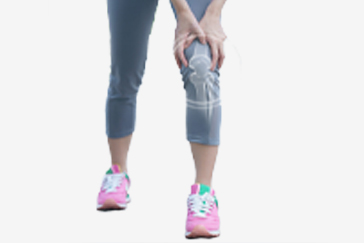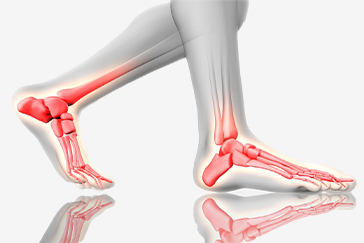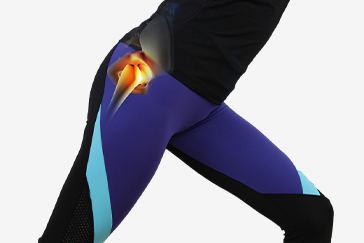 Book Appt.
Book Appt.
 Call Now
Call Now


Cartilage is a remarkable tissue that cushions and supports our joints, allowing for smooth, pain-free movement. However, when cartilage is injured, it can lead to pain, stiffness, and reduced joint function.
Cartilage is a connective tissue found throughout the body, primarily in joints such as the knees, hips, shoulders, and ankles. It provides a smooth, gliding surface that allows bones to move against each other with minimal friction. There are three main types of cartilage in the body:
Causes of Cartilage Injuries
Cartilage injuries can occur due to various factors, including:
Types of Cartilage Injuries
Cartilage injuries can take several forms, including:
Symptoms of Cartilage Injuries
The symptoms of cartilage injuries can vary depending on the location and severity of the injury. Common symptoms include:
Diagnosis of Cartilage Injuries
Diagnosing cartilage injuries typically involves a combination of clinical evaluation and diagnostic tests, including:
Treatment Options
The treatment of cartilage injuries varies depending on the type, location, and severity of the injury. Common approaches include:
Prognosis and Outlook
The prognosis for cartilage injuries depends on several factors, including the type and location of the injury, the individual's age, and the promptness of treatment. Mild cartilage injuries can often be managed successfully with conservative measures, while more severe injuries may require surgery.
Cartilage injuries can be a source of pain and reduced joint function, affecting individuals of all ages. Understanding the causes, types, symptoms, diagnosis, and treatment options for cartilage injuries is essential for both healthcare providers and patients. Early diagnosis and appropriate management can significantly improve outcomes and help individuals regain their mobility and quality of life.
SHALBY Sanar International Hospitals provides extensive medical procedures backed up with our state-of-the-art technology and a team of highly qualified & experienced clinical experts.
Our doctors pen down their research findings and experiences from time to time. Their words provide deep insight into the latest techniques, technologies and other advancements in healthcare. It provides expert answers to all kinds of health questions for real-life issues.
VIEW ALL




Since the day of its foundation, SHALBY Sanar International Hospitals is committed to provide comprehensive healthcare services. It regularly organizes awareness programs in its premises and encourages outdoor healthcare activities and camps with an intent to put focus on preventive healthcare.
VIEW ALL